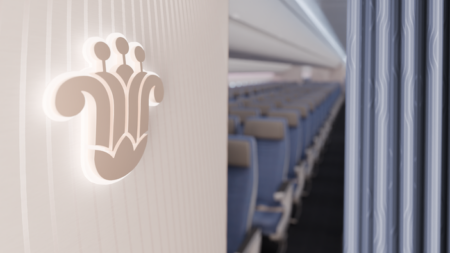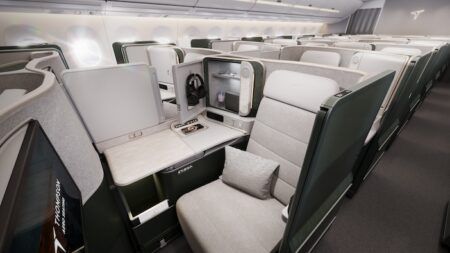Having trialled Google Glass in its lounges, Virgin Atlantic is launching an eight-week trial on March 9th with Sony Mobile Communications to test how wearable technology can help improve the airline’s maintenance and engineering processes.
Engineers working on Virgin Atlantic aircraft at the airport and in the hangar will be testing the use of Sony’s SmartEyeglass Developer Edition SED-E1, tablet, mobile phone and SmartWatch 3 at its London Heathrow facilities. The teams will test how the technology can be used for real-time communication between the engineering team on the aircraft and in the engineering support areas.
Using Sony’s SmartWear alongside a smart phone or tablet will remove paper from some engineering processes and reduce the journey times between an aircraft and technical control. This will enable the engineers and technicians to remain on the aircraft during turnarounds – helping to save time, as well as make a contribution to Virgin Atlantic’s targets to reduce paper waste.
Phil Maher, director of operations at Virgin Atlantic, said: “We are proud of our recent innovation work to provide the best possible experience for our customer-facing roles and we’re pleased to now be exploring how new technology can contribute towards our essential operations procedures. It’s a great way to empower our people by providing instant access to the information they need to be more effective in their roles.”
During the trial, engineers will be able to receive notifications on their SmartWatch 3 devices about any changes to job allocations, or detail in the tasks. Managers will be able to get instant feedback that the engineer has read the notification and that the task is in hand.
Engineers will be able to use SmartEyeglass Developer Edition SED-E1 to take pictures or video of the tasks they are working on. This will be linked to an app running on a smartphone, which will allow the engineers to complete and submit a form requesting further technical assistance. SmartEyeglass Developer Edition SED-E1 will also be used for real-time video streaming to allow office-based engineering staff to see a problem from the engineers’ point of view in order to provide more rapid technical assistance.




